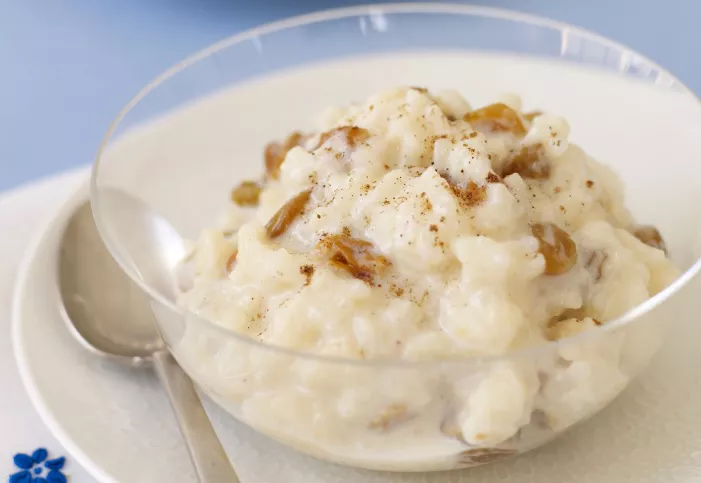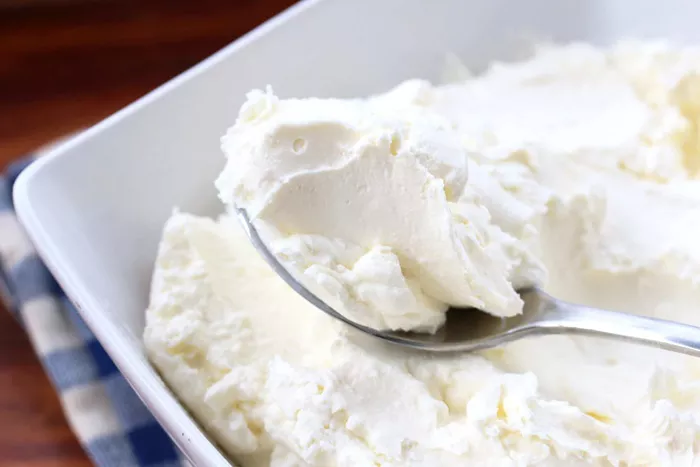Yogurt has long been celebrated for its creamy texture and probiotic-rich properties, but there’s something special about the velvety indulgence of Greek yogurt. In this comprehensive guide, we will explore the art of crafting original Greek yogurt at home, taking you through each step of the process to ensure a delicious and authentic result. Unveiling the secrets behind achieving that signature thick consistency and tangy flavor, this article is your passport to mastering the art of Greek yogurt creation in your own kitchen.
Choosing the Right Milk for Yogurt Perfection
The journey to crafting exceptional Greek yogurt begins with selecting the right milk. Whole milk, with its higher fat content, is a popular choice for those seeking a creamier texture in their yogurt. However, the choice ultimately depends on personal preference and dietary considerations. Whether opting for cow’s milk, goat’s milk, or even non-dairy alternatives like almond or coconut milk, the key lies in selecting a high-quality base that aligns with your taste preferences.
Cultivating the Yogurt Culture: Importance of Starter Cultures
At the heart of every yogurt-making venture is the yogurt culture – a blend of bacteria that ferments the milk and transforms it into yogurt. When crafting Greek yogurt, the choice of starter culture becomes crucial. While store-bought plain yogurt can serve as an effective starter, ensuring it contains live and active cultures is essential. For those seeking an extra layer of authenticity, specialty yogurt starter cultures are available, providing a more traditional touch to the fermentation process.
The Art of Fermentation: Patience is Key
Fermentation is the magical process that turns ordinary milk into the creamy delight we know as yogurt. Once the yogurt culture is introduced to the milk, the mixture is left undisturbed to ferment. The duration of fermentation plays a significant role in determining the thickness and tanginess of the yogurt. For Greek yogurt, allowing the mixture to ferment for a longer period is recommended, typically ranging from 12 to 24 hours. This extended fermentation time contributes to the yogurt’s characteristic richness and depth of flavor.
Straining for Perfection: The Greek Yogurt Texture
The hallmark of Greek yogurt is its luxuriously thick and velvety texture, achieved through a process called straining. After the initial fermentation period, the yogurt is strained to remove excess whey, resulting in a denser consistency. To accomplish this, cheesecloth or a fine mesh strainer is employed. The strained liquid can be reserved for various culinary applications, such as adding to smoothies or using as a substitute for buttermilk in recipes.
Perfecting the Straining Technique for Creamy Results
Achieving the ideal thickness in Greek yogurt requires finesse in the straining process. Once the initial fermentation is complete, carefully ladle the yogurt into the chosen straining apparatus. Cheesecloth, placed over a bowl or suspended over a sink, allows the whey to drain away while retaining the yogurt. The duration of straining can vary depending on personal preference, with some opting for a few hours for a slightly thicker consistency and others choosing overnight for an exceptionally dense and luscious result.
Preserving the Whey: A Versatile Byproduct
While the primary goal of straining is to achieve that coveted Greek yogurt texture, the liquid byproduct – whey – should not be overlooked. Whey is a nutrient-rich liquid that can be repurposed in various ways. Consider incorporating it into smoothies for an added protein boost, using it as a marinade for meats, or even trying your hand at lacto-fermented beverages. The versatility of whey makes it a valuable component of the Greek yogurt-making process.
Customizing Flavor Profiles: Adding a Personal Touch to Your Yogurt
One of the joys of making Greek yogurt at home is the opportunity to customize its flavor profile. While the inherent tanginess of yogurt is a delight on its own, incorporating natural sweeteners, fruits, or flavor extracts allows for endless creative possibilities. Experiment with honey, maple syrup, or agave nectar for sweetness, and consider blending in fresh berries, vanilla, or even a hint of citrus zest to elevate the taste of your homemade Greek yogurt.
Storing Yogurt: Maintaining Freshness and Quality
Proper storage is paramount to maintaining the freshness and quality of your homemade Greek yogurt. Once the desired thickness and flavor are achieved, transfer the yogurt to airtight containers and refrigerate promptly. The cool temperature of the refrigerator slows down the fermentation process and preserves the yogurt’s integrity. Greek yogurt can typically be stored for up to two weeks, but its deliciousness often ensures it doesn’t last that long.
Savoring the Fruits of Your Labor: Creative Ways to Enjoy Greek Yogurt
With a batch of homemade Greek yogurt at your disposal, the culinary possibilities are endless. Beyond enjoying it on its own, consider incorporating Greek yogurt into both sweet and savory dishes. Use it as a base for creamy dressings, dips, and sauces, or indulge in a breakfast parfait layered with granola and fresh fruit. Greek yogurt can also be a versatile ingredient in baking, contributing to the moistness and richness of cakes, muffins, and pancakes.
Troubleshooting Tips: Overcoming Common Challenges
Even the most seasoned yogurt makers may encounter challenges along the way. From inconsistent texture to overly tangy flavors, troubleshooting is part of the learning process. If your Greek yogurt turns out thinner than desired, consider adjusting the straining time or experimenting with different milk varieties. To tame excessive tanginess, reducing the fermentation time or incorporating sweeter additives during flavor customization can help strike the perfect balance.
Conclusion
Embarking on the journey of making original Greek yogurt at home is a rewarding endeavor that allows you to savor the unparalleled freshness and quality of a timeless culinary delight. From selecting the right milk to perfecting the straining process, each step contributes to the creation of a creamy and indulgent treat. Armed with the knowledge and techniques shared in this guide, you are well-equipped to elevate your yogurt-making skills and delight in the rich flavors and textures of homemade Greek yogurt.























